I regret buying this hard-to-please houseplant – here's why you should avoid it, too, and 3 alternatives to invest in instead
No matter how much I adjust its growing environment, I cannot get pin-stripe calathea to thrive in my home
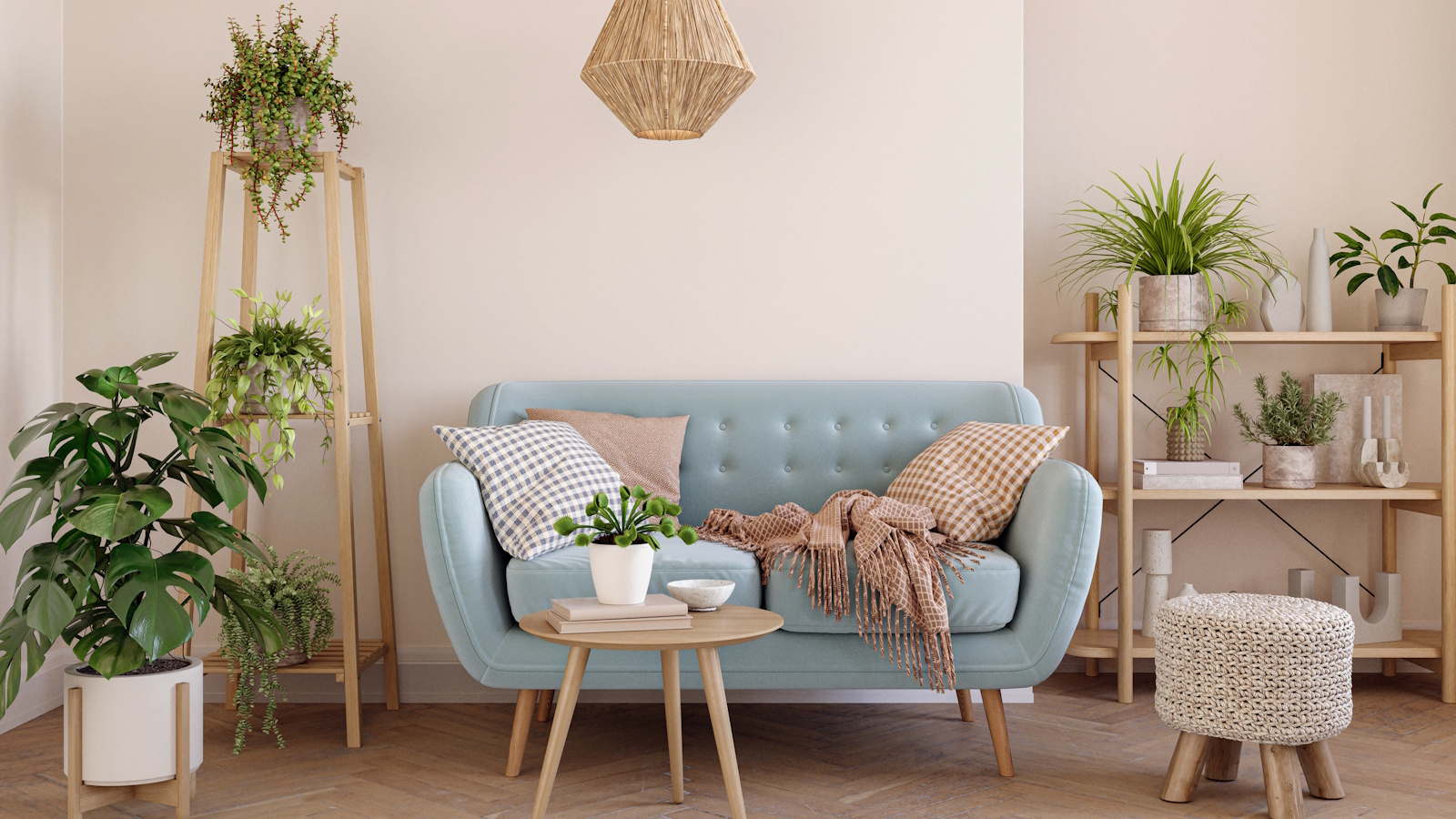

As an avid houseplant collector, I'm the first to admit I've had plant failures. It's all part of the learning process. However, there is one tricky houseplant I regret buying: pin-stripe calathea, or Goeppertia ornata.
It's no secret that caring for a calathea is tricky, but I have managed to successfully care for other calathea varieties - including rattlesnake calathea. Pin-stripe calathea, however, is one I haven't got on with very well. In fact, I've made repeat purchases of this plant in attempt to overcome the challenge of it quickly crisping up and shrivelling. Each time, I've had no luck.
It's for this reason I don't recommend pin-stripe calathea to many indoor gardeners, especially those just starting out their plant collection. However, I do have some alternatives that are much easier to care for and have similar features. Plus, I spoke to a plant expert to find out how to go about successfully caring for a pin-stripe calathea if you're particularly eager to make it work.
My problem with pin-stripe calatheas
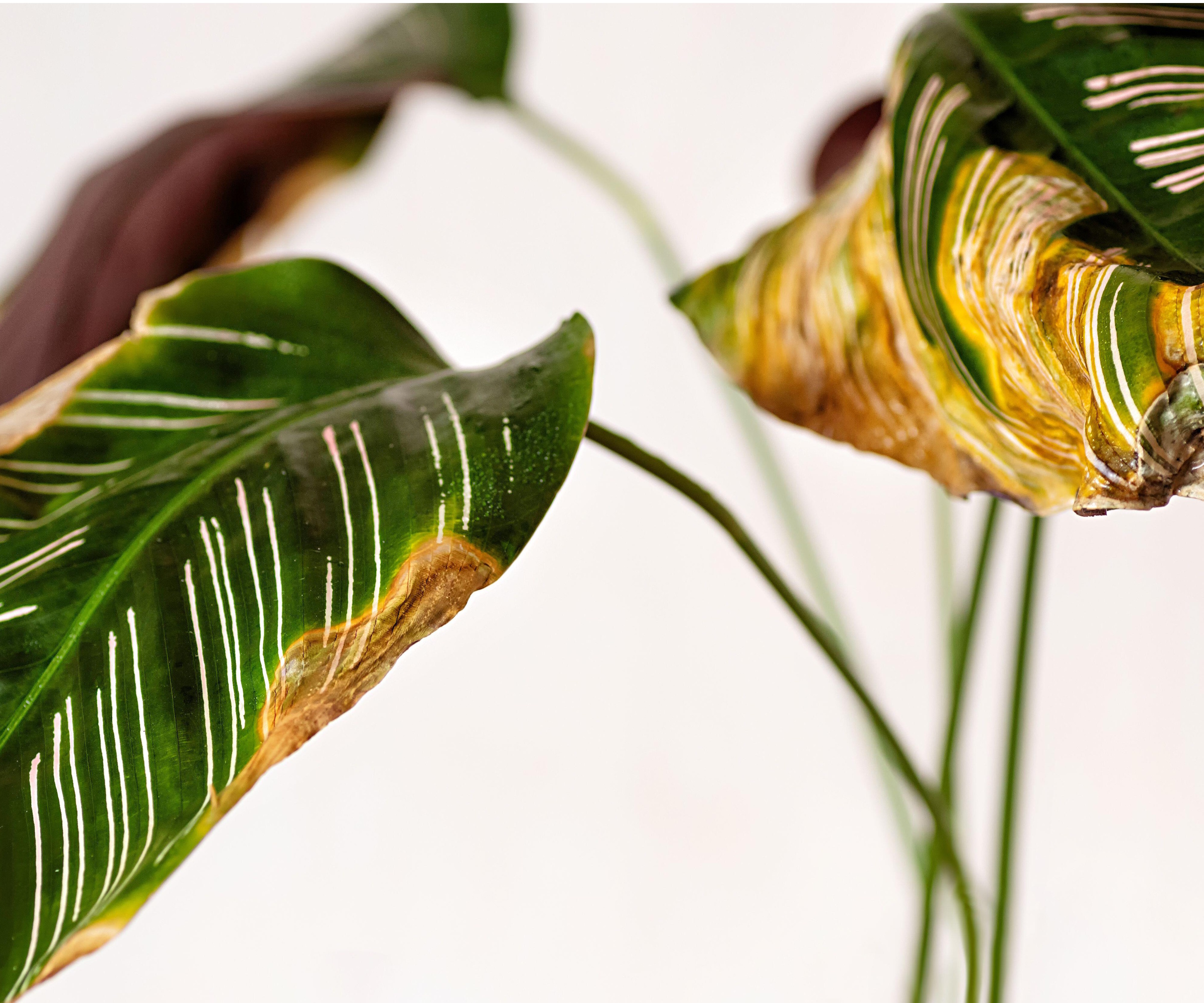
I was first attracted to pin-stripe calathea for its unique, variegated foliage. These plants look as though they have pink brushstrokes, accentuated by the fact this is one of the best houseplants with dark foliage.
However, it didn't take long for my pin-stripe calathea to start looking like the image above. The beautiful calathea leaves began curling, crisping up, shrivelling, and falling off.
I wasn't fazed at first, I was aware of common calathea mistakes that cause these issues. It's inevitable every calathea owner experiences this at one point or another, as these plants need a very specific environment to be happy.
However, even after pruning my calathea to remove those damaged leaves (with these pruning shears from Amazon) and watering my calathea to keep moisture levels consistent, it still wasn't getting any better.
But, I wasn't ready to give up. I bought a new pin-stripe calathea and tried again. This time, I placed it in better light, out of direct sun to prevent leaf scorch - another cause of crispy leaves - and maintained more consistent water levels.
Once again I watched my pinstripe calathea fade away. I even tried propagating my calathea to save it by growing a new one from scratch. This only resulted in another struggling plant.
It's because of this I think pin-stripe calathea is one of the hardest houseplants to keep alive. In my experience, once a couple of leaves start to decline, it's hard to save the rest of the plant as the other leaves soon follow.
What's more, these are usually slightly more expensive plants, due to their special, rare variegation. So repurchasing just for the plant to fail over and over again turned out to be a waste of money and the reason this is the houseplant I regret buying.
3 houseplants to invest in instead
After admitting defeat with pin-stripe calathea, I decided to look for easier alternatives that would still provide me with that impactful foliage. Here are three pin-stripe calathea alternatives I think are much more worthwhile investing in:
1. Rattlesnake calathea
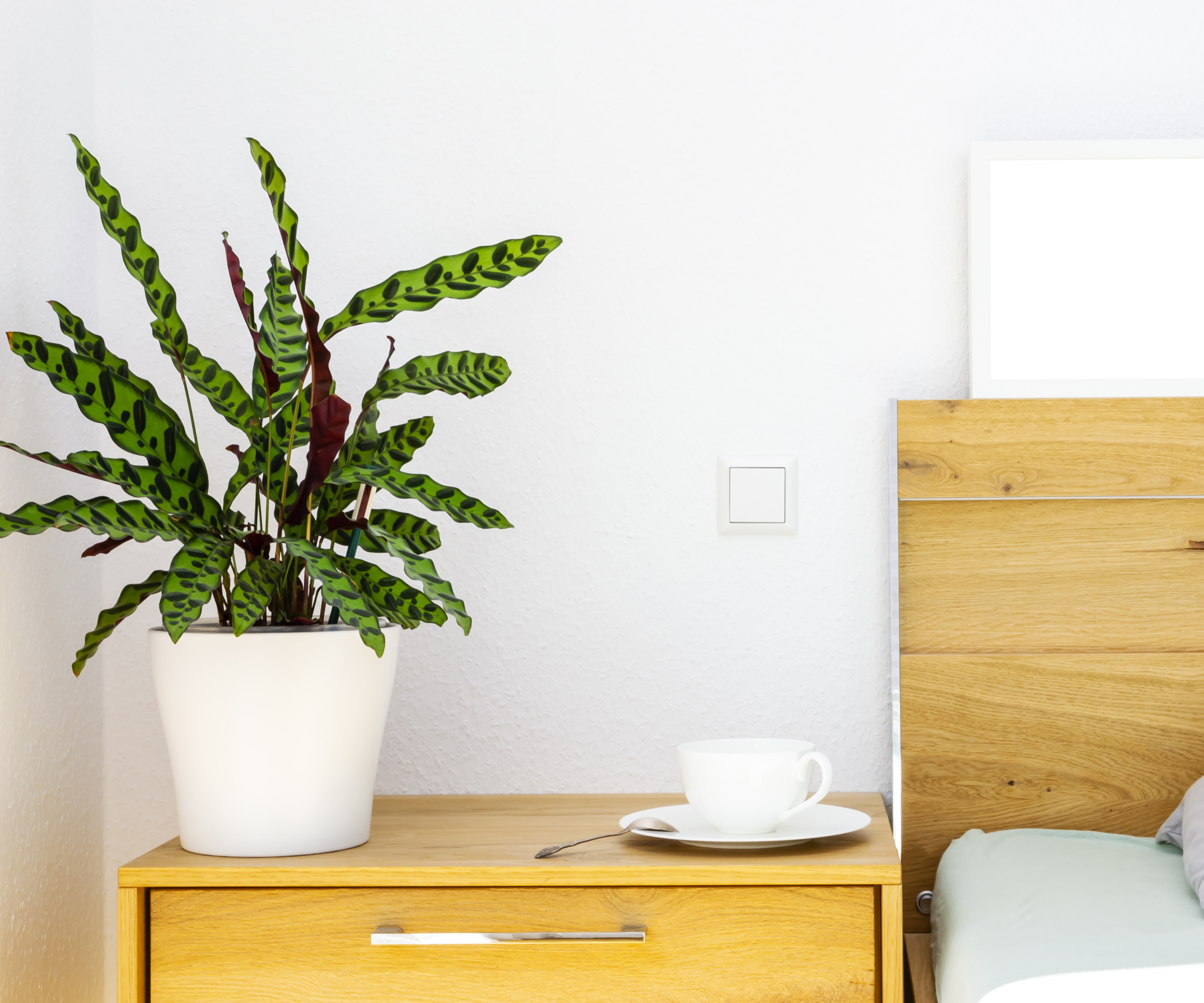
I have had my rattlesnake calathea for a few years now and it hasn't once let me down. This is an easier variety to care for than pin-stripe, though it still requires a specific growing environment.
It has unique, wavy-edged foliage with a dotted pattern on one side and a deep purple hue on the underside.
Place this calathea in bright, indirect light. Too little light will cause its variegation to fade, as well as calathea leaves to droop.
Other than that, you just need to ensure it doesn't dry out entirely. However, unlike pin-stripe calathea, this calathea can cope with around 50% of its soil drying out.
Rattlesnake calathea is available to buy from The Sill.
2. Tradescantia 'Nanouk'
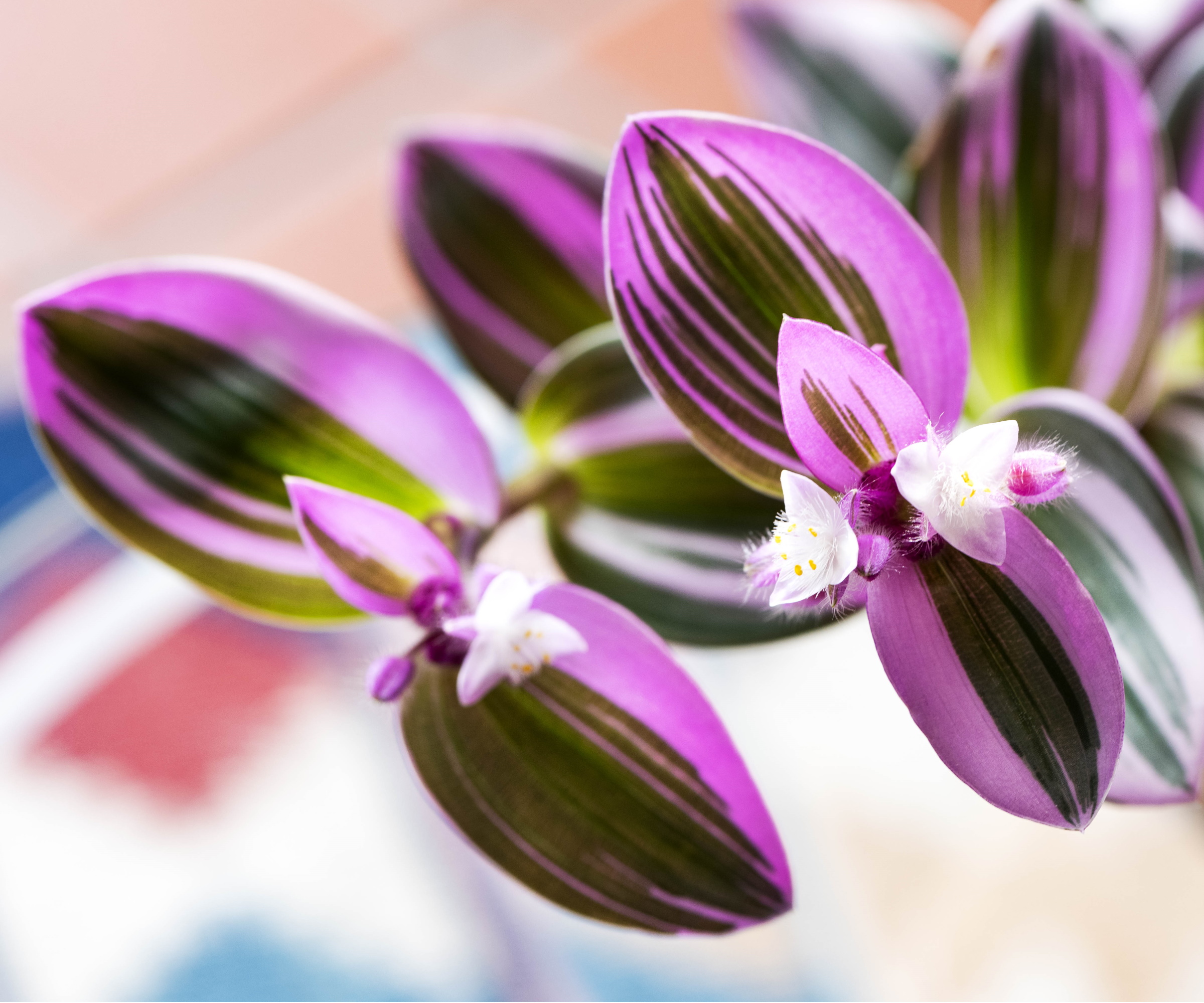
If you love pin-stripe calathea for its pink stripes, then an alternative pink houseplant to add to your collection is tradescantia 'Nanouk.'
This is one of the fastest-growing indoor plants I own and with plenty of bright light, it remains a vibrant magenta hue. Bright light will even bring dainty flowers.
To grow tradescantia successfully, make sure to provide a consistent moisture level and fertilize in spring and summer.
If your tradescantia does start to decline, it's as easy as pruning off browning leaves to help new ones emerge. You can even propagate tradescantia quickly with healthy cuttings.
Find tradescantia 'Nanouk' at Walmart.
3. Philodendron 'Pink Princess'
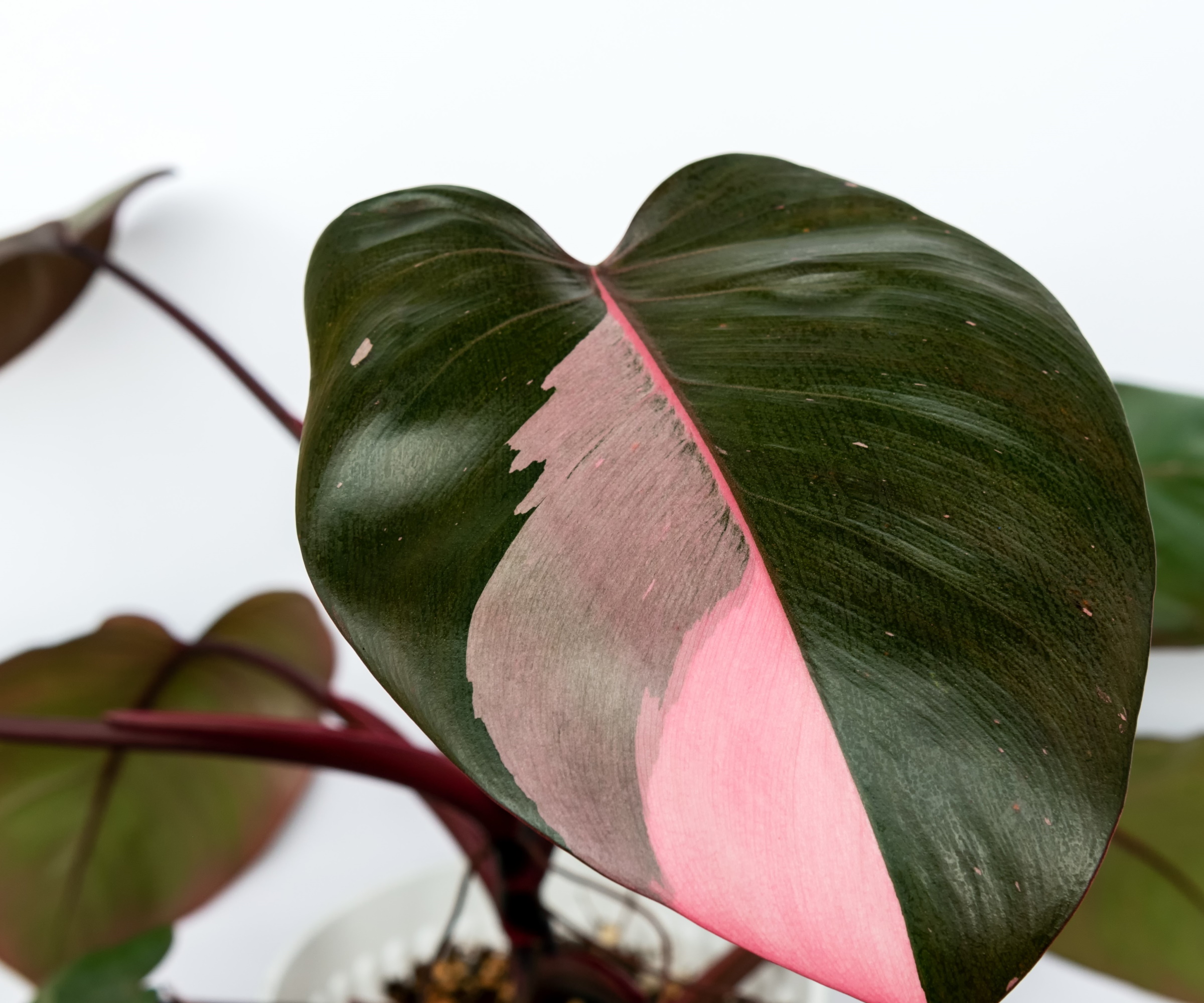
Finally, if you're looking for a pin-stripe calathea alternative that has equally large leaves, you need to get your hands on philodendron 'Pink Princess'. It has a similar leaf shape and size, plus pink variegation.
The best part about caring for a philodendron is these plants will bounce back from most issues.
You might spot your philodendron drooping from a lack of water, but it will quickly perk up again after a deep watering. Likewise, improving humidity for these plants will quickly bring new growth and stop your philodendron turning yellow.
Philodendron pink princess can be purchased from The Sill.
Expert tips for successful pin-stripe calathea care
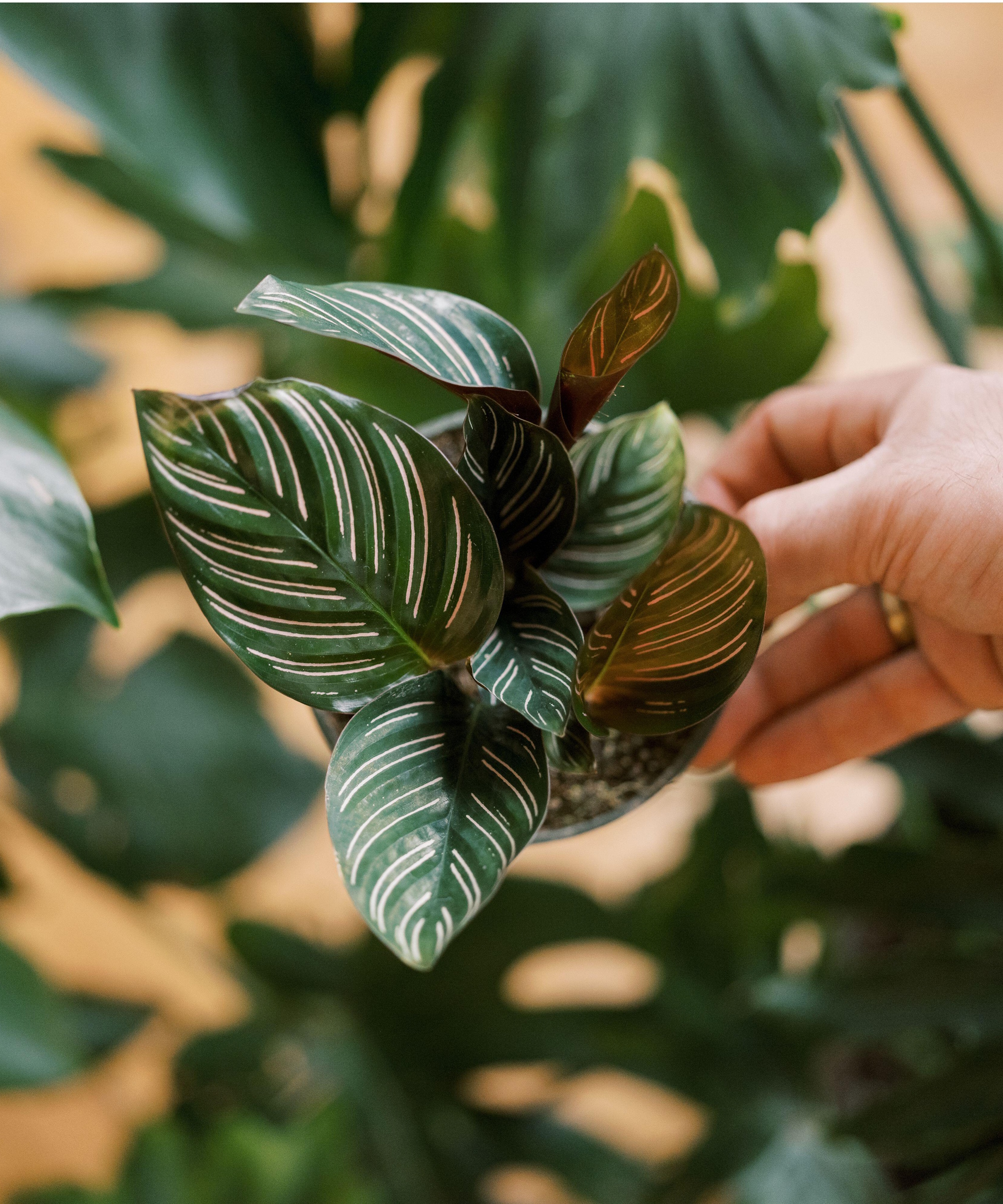
Just because I haven't had much luck with pin-stripe calathea, doesn't mean it's a plant everyone should avoid. If you are able to master caring for one, these can be the perfect statement houseplant to display in your home.
Here are some key points on how to make pin-stripe calathea care successful:
- Light: Avoid bright, direct sun: 'When a calathea gets too much light, they’ll tend to curl their leaves inwards to shield themselves,' explains Paris Lalicata, head of plant education and community at The Sill. It could also cause leaf scorch. Likewise, these aren't indoor low light plants. Too little light can cause leaf drop. Aim for somewhere bright, but protected from direct sun. Try using these sheer curtains from Wayfair to help filter light.
- Water: While it's normally fine to allow calatheas to dry out around 50% before watering again, pin-stripe calathea is less tolerant of drought. For this reason, maintain a consistent moisture level, watering when the top two inches have dried out. Use this soil moisture meter from Amazon to identify when it's time to water you pin-stripe calathea. At the same time, make sure not to allow this plant to sit in soggy soil, as they could suffer from houseplant root rot.
- Humidity: Pin-stripe calathea is a tropical indoor plant and therefore benefits from higher humidity levels. Around 40-70% humidity, Paris notes, which you can achieve by using methods to increase humidity for indoor plants - like using this humidifier from Amazon.

Paris has been at The Sill for five years, looking after Plant Education and Community. She is a self-taught plant expert with over ten years of experience growing houseplants and is currently working on becoming a certified sustainable gardener. She maintains an indoor garden of over 200 plants in the north-east of the USA and is passionate about making plant care more digestible for budding plant parents.
FAQs
How do you revive a shrivelled up pin-stripe calathea
Pin-stripe calathea can be tricky to revive when it has shrivelled up, but it isn't impossible to do so. While it's true the shrivelled leaves won't return to health, pruning them and adjusting growing conditions can aid new growth. In particular, focus on increasing your watering frequency and humidity levels, as these will keep your calathea from becoming dehydrated.
There's no doubt pin-stripe calathea is the one houseplant I regret buying. It's one of the trickiest plants I've dealt with, but equally one of the most beautiful. If you're new to plant care, it can be safer to start with easy indoor plants that are less likely to fail and can be revived quickly.
Sign up to the Homes & Gardens newsletter
Design expertise in your inbox – from inspiring decorating ideas and beautiful celebrity homes to practical gardening advice and shopping round-ups.

Tenielle is a Gardens News Writer at Homes & Gardens. She holds a qualification in MA Magazine Journalism and has over six years of journalistic experience. Before coming to Homes & Gardens, Tenielle was in the editorial department at the Royal Horticultural Society and worked on The Garden magazine. As our in-house houseplant expert, Tenielle writes on a range of solutions to houseplant problems, as well as other 'how to' guides, inspiring garden projects, and the latest gardening news. When she isn't writing, Tenielle can be found propagating her ever-growing collection of indoor plants, helping others overcome common houseplant pests and diseases, volunteering at a local gardening club, and attending gardening workshops, like a composting masterclass.
You must confirm your public display name before commenting
Please logout and then login again, you will then be prompted to enter your display name.
-
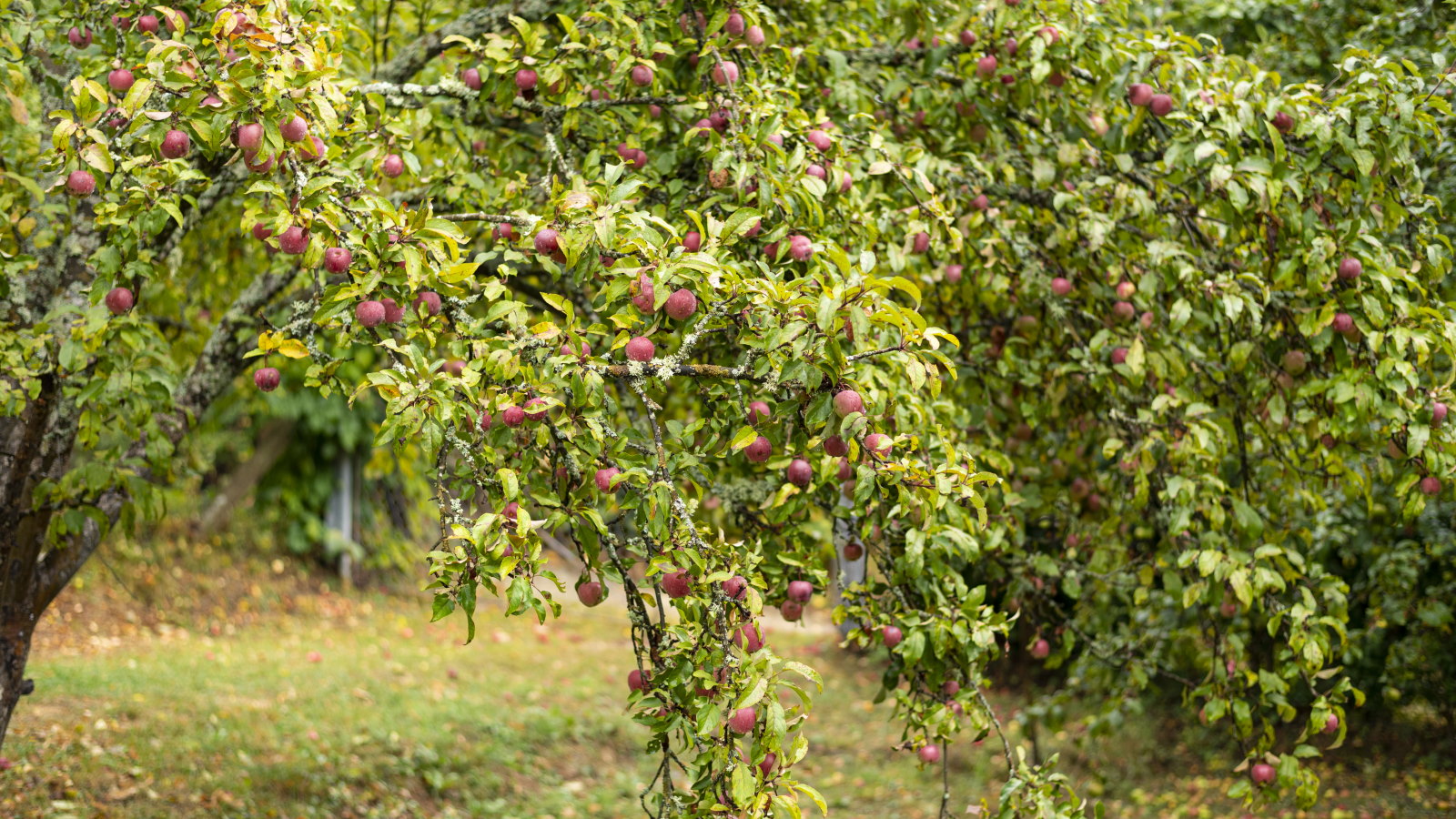 Plants never to grow next to fruit trees
Plants never to grow next to fruit treesExpert advice on which plants to keep away from fruit trees to encourage a healthy harvest
By Jacky Parker Published
-
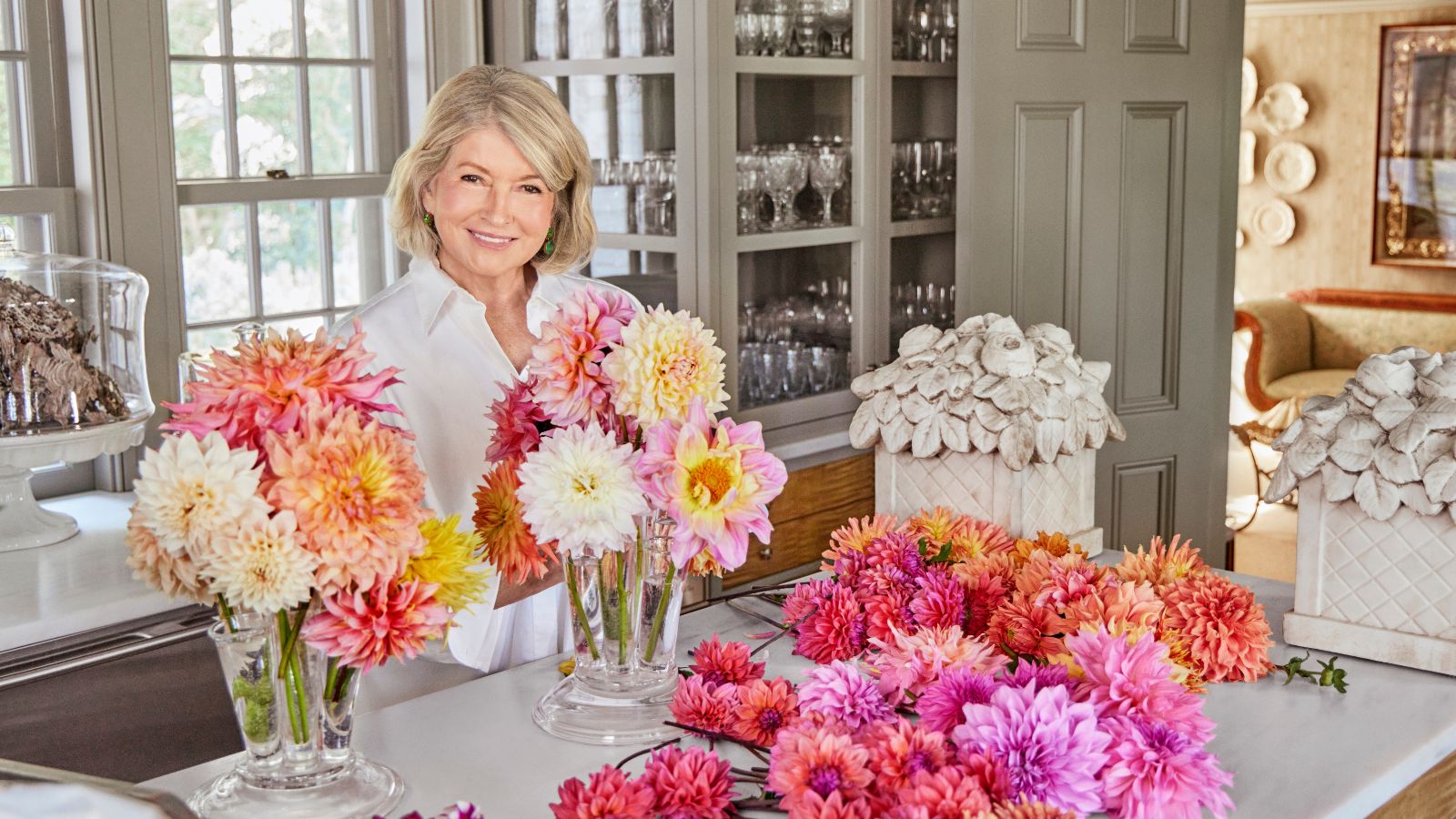 Martha Stewart's tips for arranging daffodils are unbelievably simple and effective – it's the only flower advice you need this springtime
Martha Stewart's tips for arranging daffodils are unbelievably simple and effective – it's the only flower advice you need this springtimeMartha shows us that we can create gorgeous bouquets of this seasonal flower by simply trimming the stems and placing them in specific vases
By Hannah Ziegler Published
-
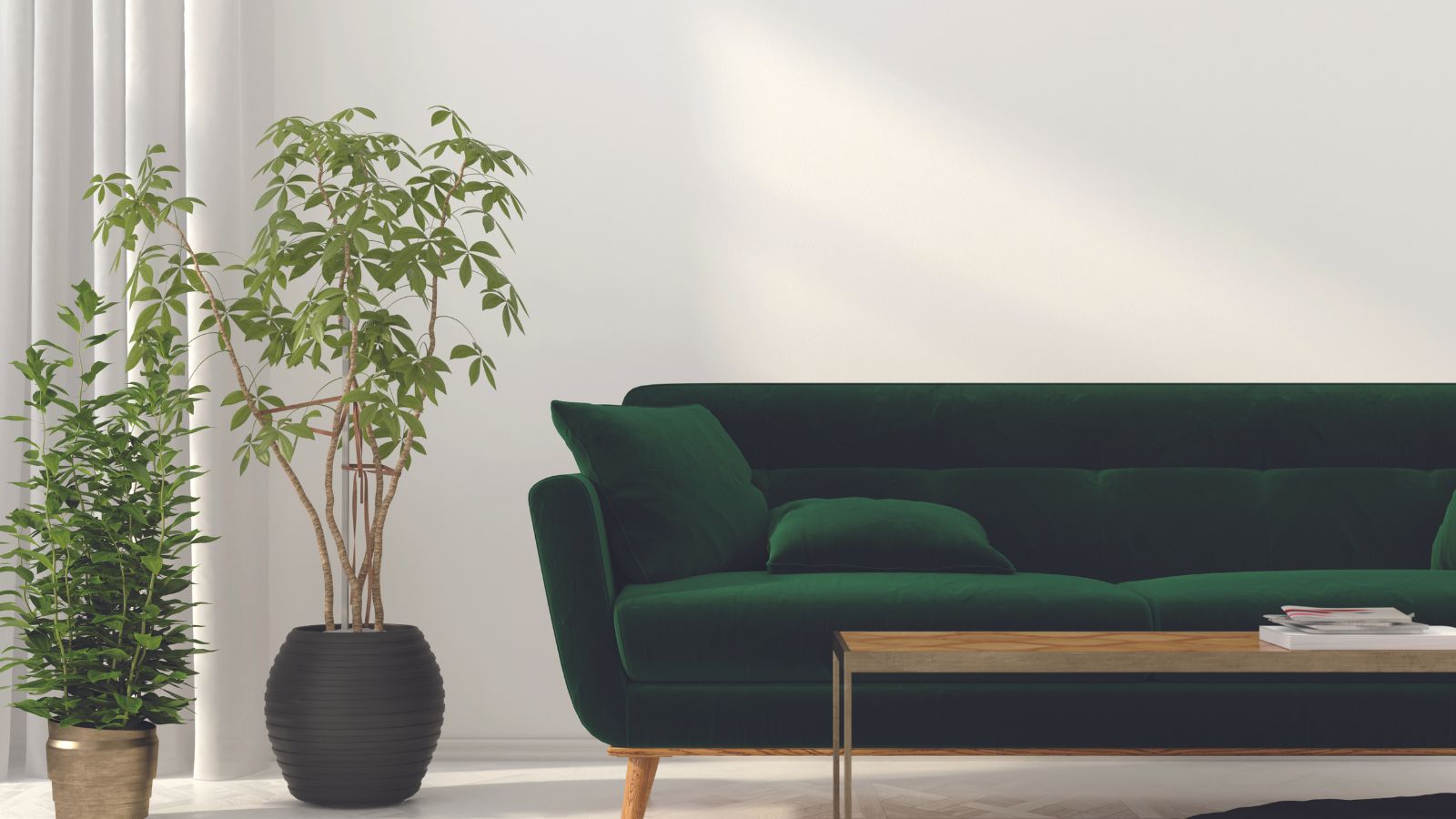 I'm doing these 5 things to transition my indoor plants out of winter – experts say this essential spring houseplant care will ensure a thriving indoor jungle
I'm doing these 5 things to transition my indoor plants out of winter – experts say this essential spring houseplant care will ensure a thriving indoor jungleHelp your plants recover from any winter damage and support them out of dormancy with these easy and quick tasks
By Tenielle Jordison Published
-
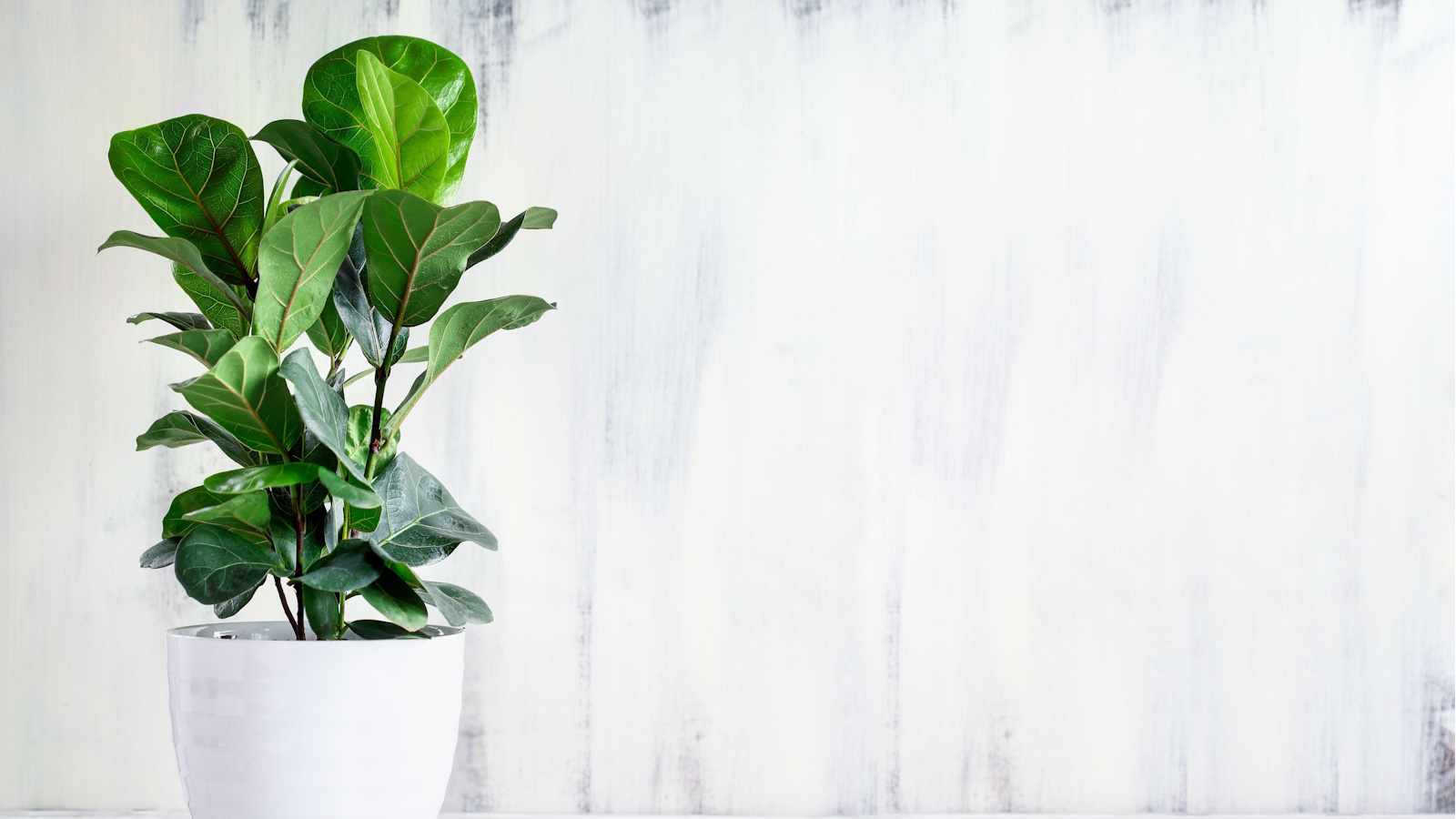 How to make your own fiddle leaf fig potting mix – a quick DIY to support healthy houseplant growth
How to make your own fiddle leaf fig potting mix – a quick DIY to support healthy houseplant growthDon't forget to include plenty of nutrient-rich ingredients
By Tenielle Jordison Published
-
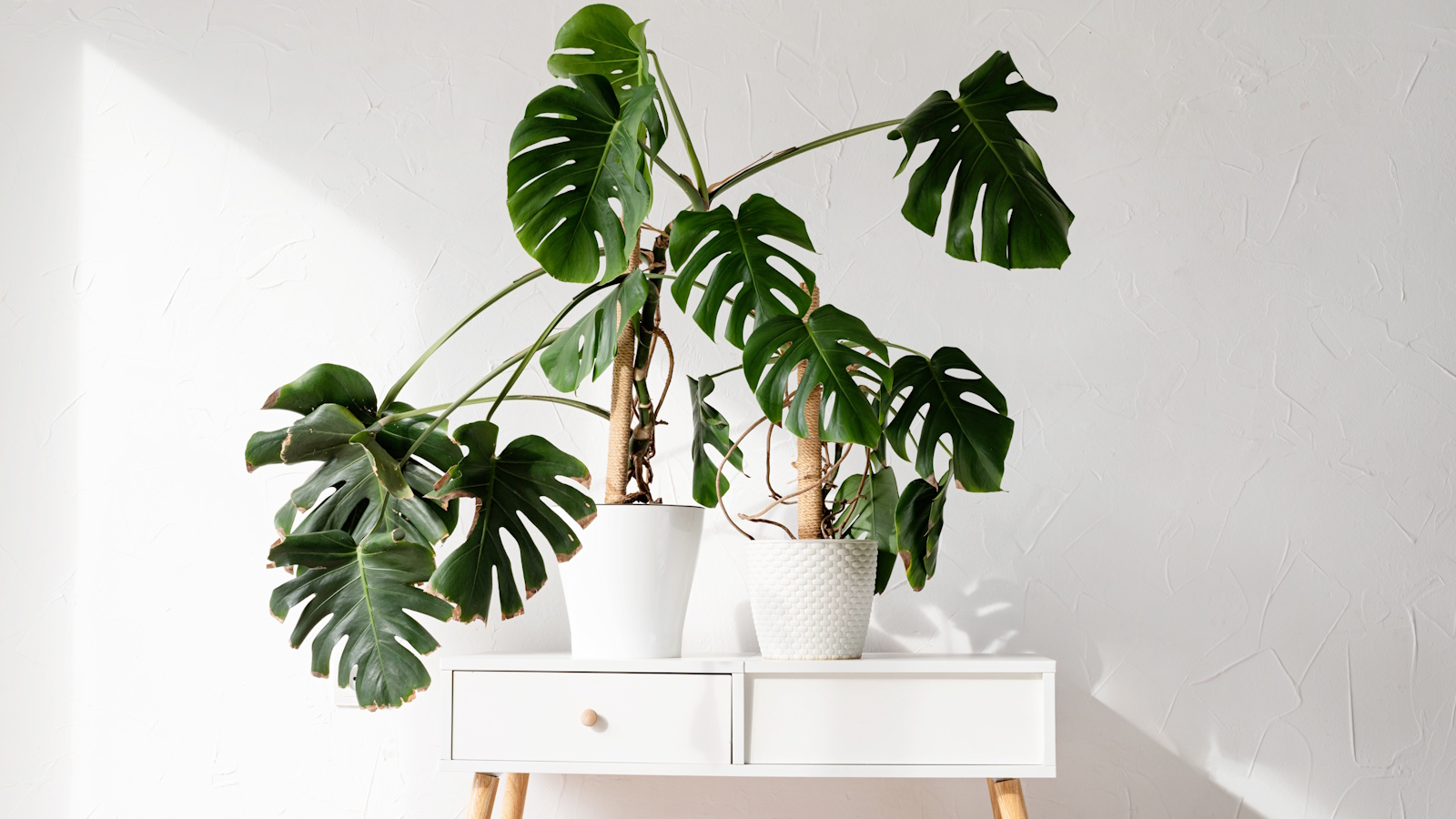 My monstera was becoming unmanageable until I followed these 5 steps to train it – now it wows my guests with its impressive, neat structure
My monstera was becoming unmanageable until I followed these 5 steps to train it – now it wows my guests with its impressive, neat structureReining your monstera in with a support pole will keep things tidy and benefit its long-term health
By Tenielle Jordison Published
-
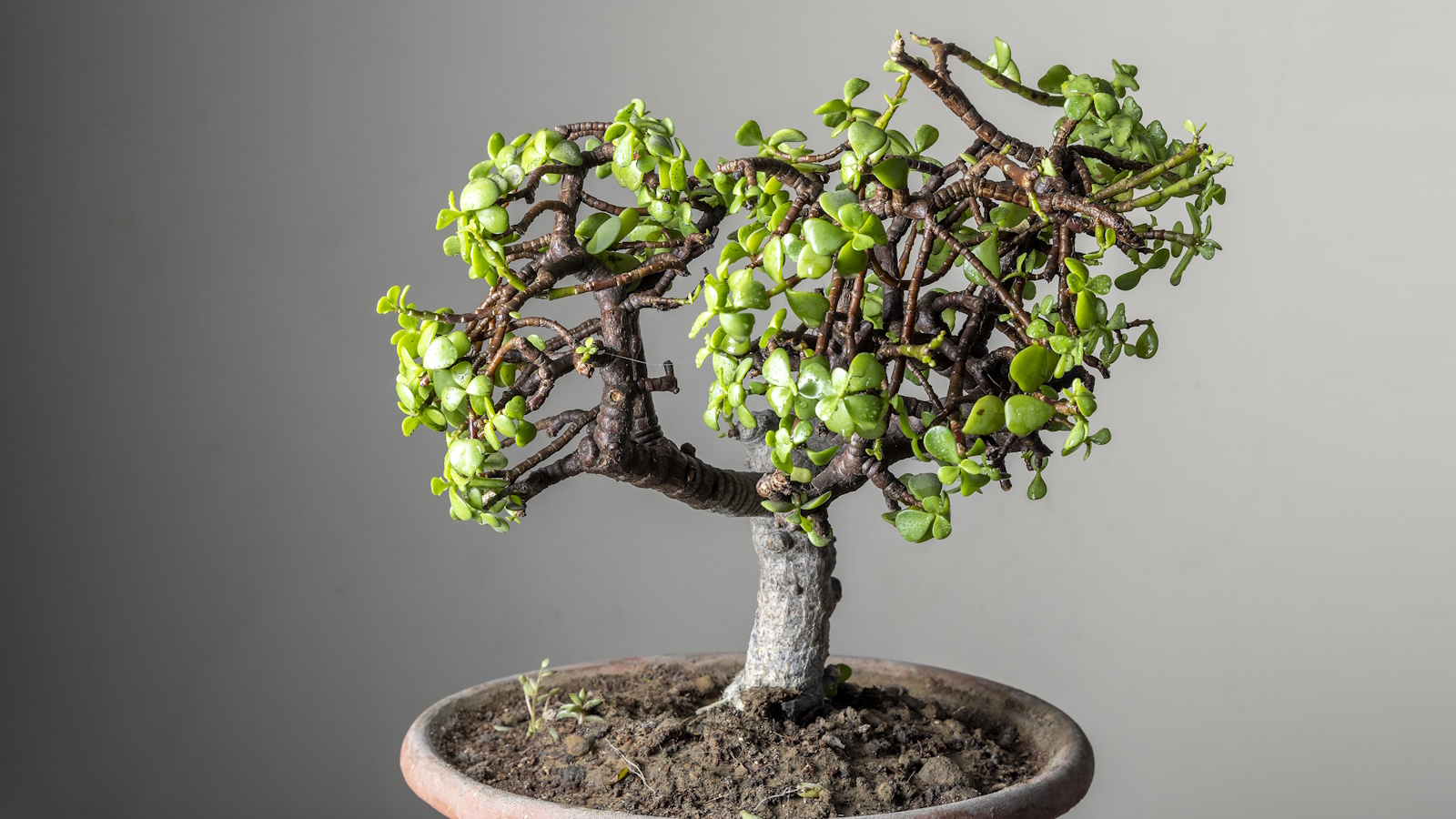 5 bonsai mistakes plant experts say are killing your mini arboretum – and how to never make them again
5 bonsai mistakes plant experts say are killing your mini arboretum – and how to never make them againThe art of bonsai takes some time to master, so don't feel disheartened if you end up making one of these common errors
By Tenielle Jordison Published
-
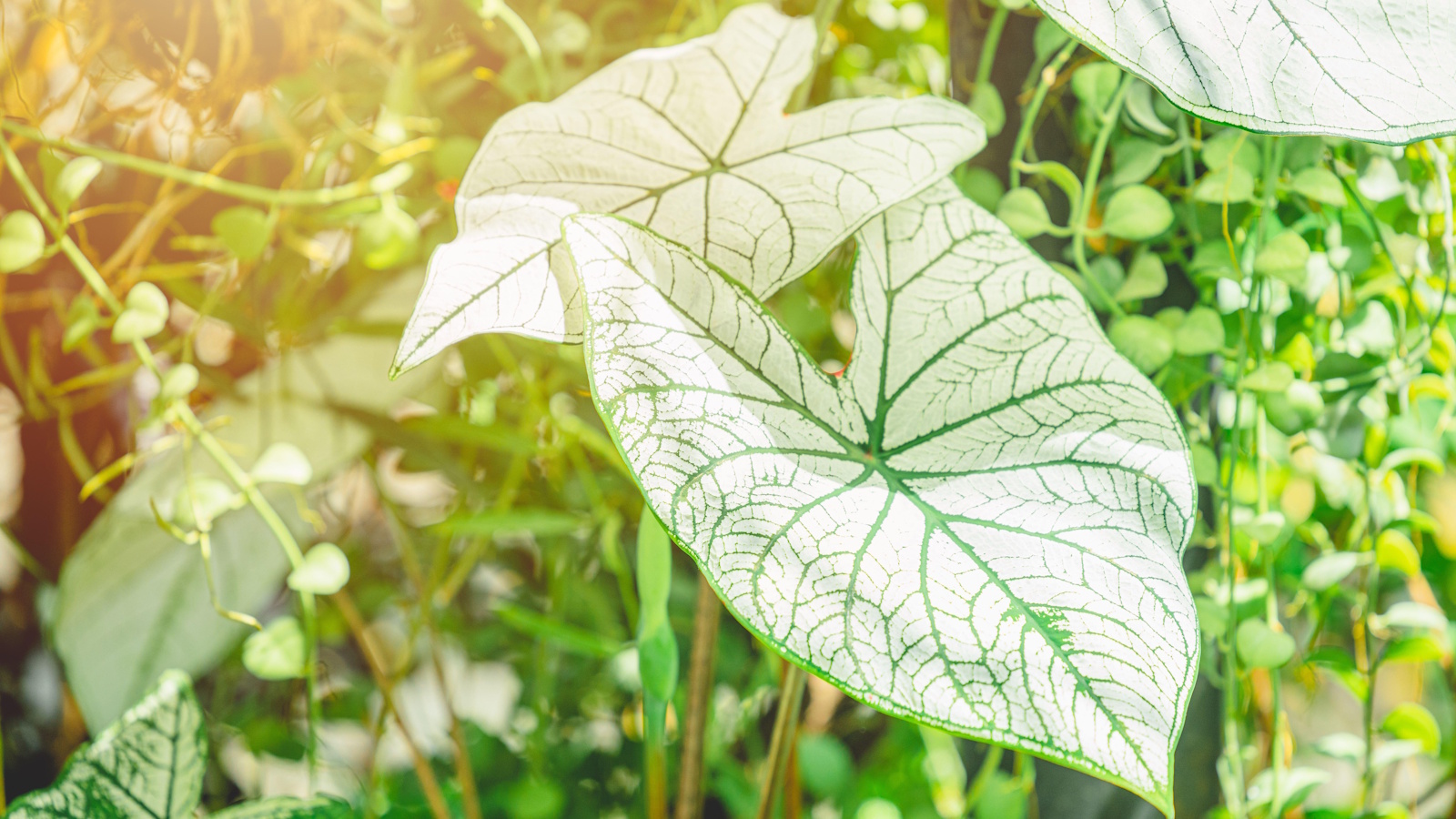 Can you grow alocasia outdoors? Plant experts reveal how to add this statement houseplant to your yard
Can you grow alocasia outdoors? Plant experts reveal how to add this statement houseplant to your yardIn the right climate, alocasia plants can add jungle foliage to your garden landscape
By Tenielle Jordison Published
-
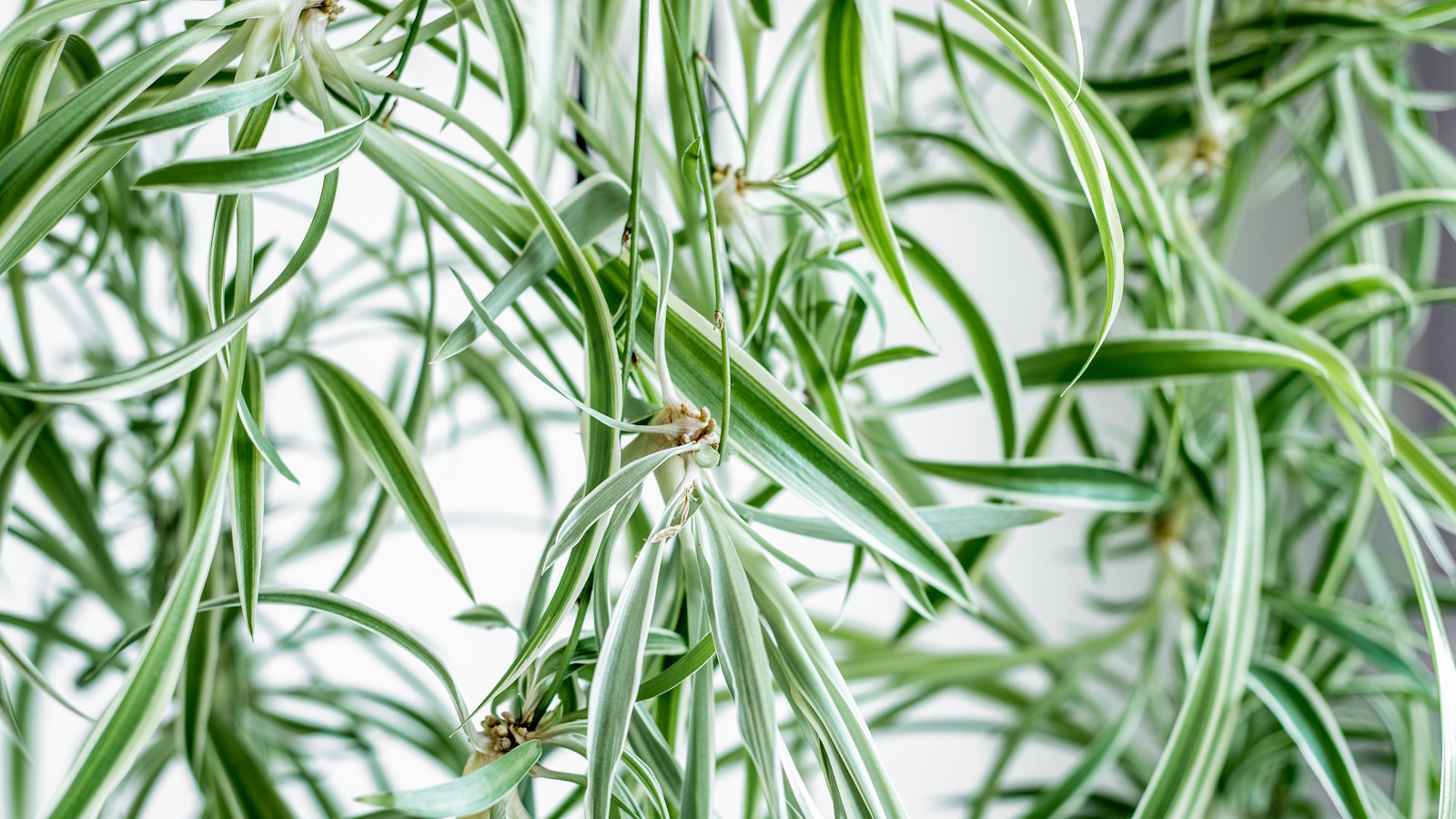 I grew my spider plant into a trailing, botanical feature in my home and I'm never styling it differently again – 3 expert tips for turning spiderettes into a green spectacle
I grew my spider plant into a trailing, botanical feature in my home and I'm never styling it differently again – 3 expert tips for turning spiderettes into a green spectacleCascading spiderettes have brought an elegant touch to my houseplant display
By Tenielle Jordison Published
-
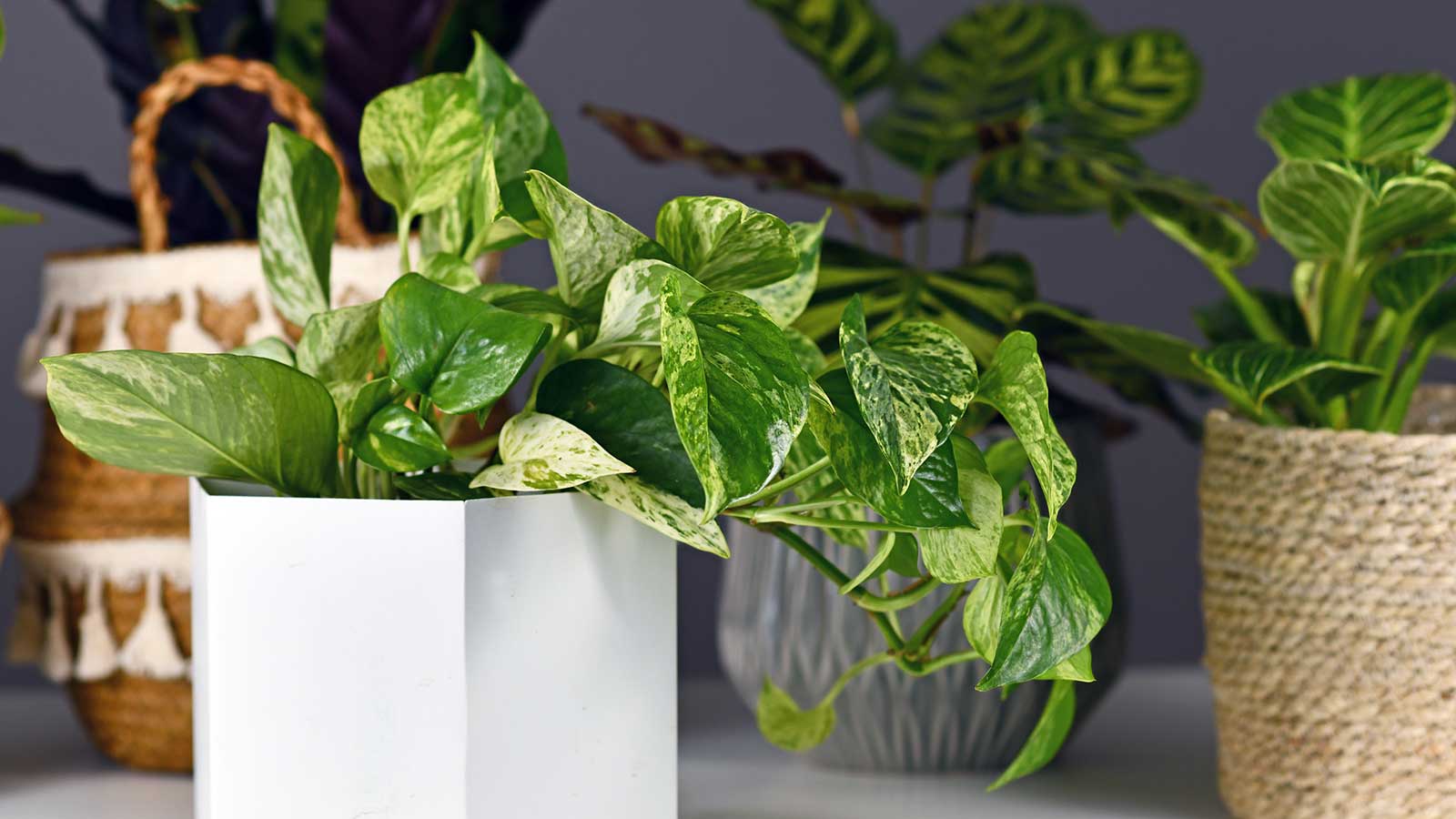 Why is my pothos drooping? A plant expert reveals 3 common causes and exactly how to perk up this houseplant again
Why is my pothos drooping? A plant expert reveals 3 common causes and exactly how to perk up this houseplant againSimple adjustments will quickly rectify these errors
By Tenielle Jordison Published
-
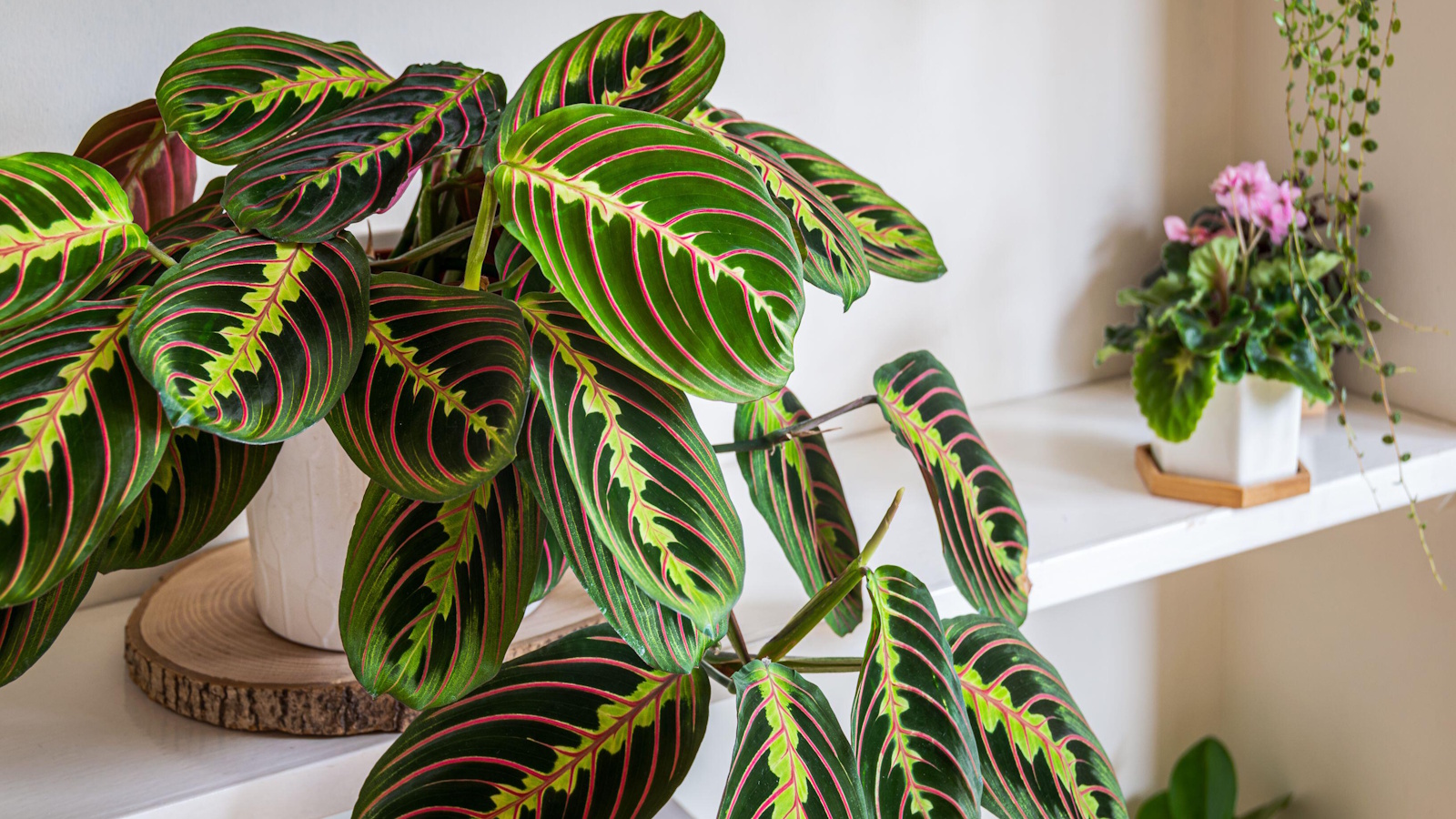 Do prayer plants flower? Horticulture expert reveals how to create the exact environment needed for blooming
Do prayer plants flower? Horticulture expert reveals how to create the exact environment needed for bloomingFlower spikes are usually a sign of a happy, healthy prayer plant
By Tenielle Jordison Published